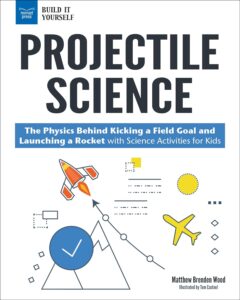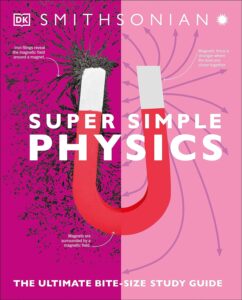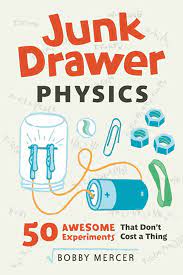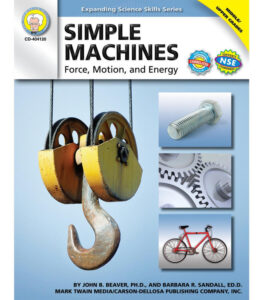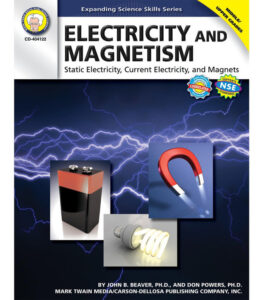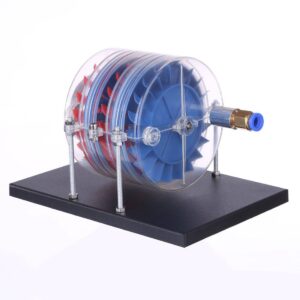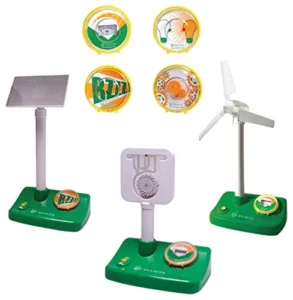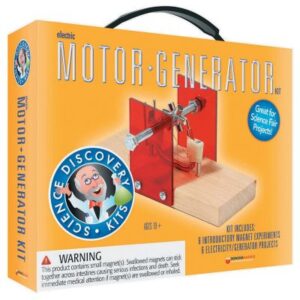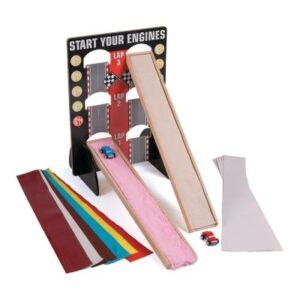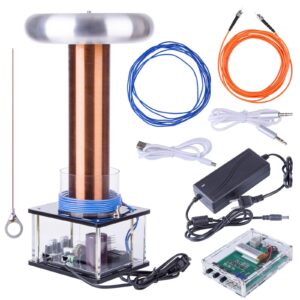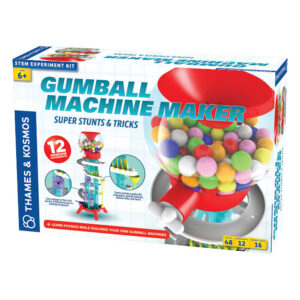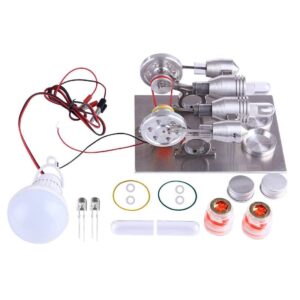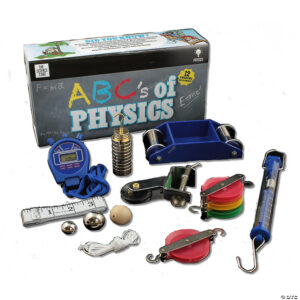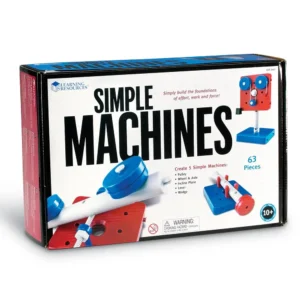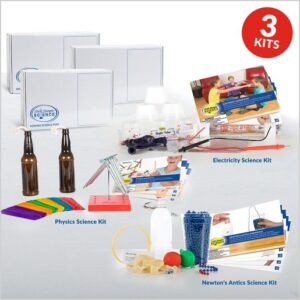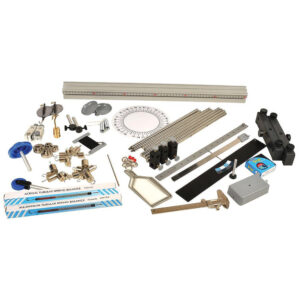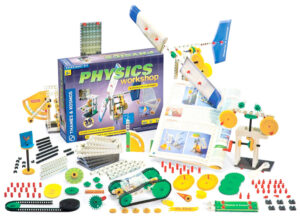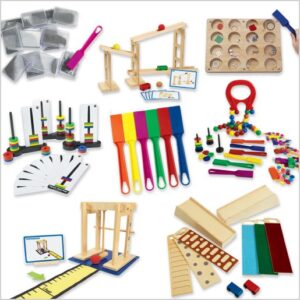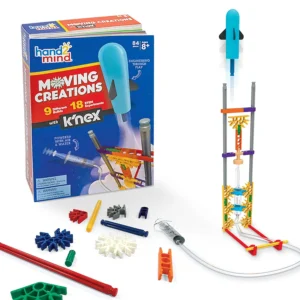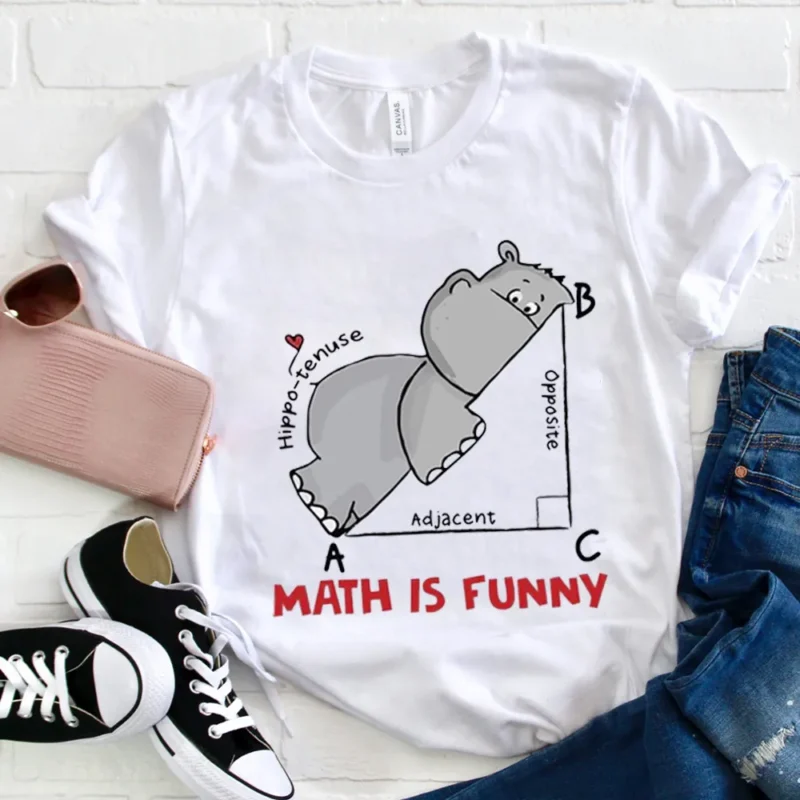It’s a mouthful, but in this tutorial on how to create a laminar flow, you’ll learn how to make a DIY version of the Taylor-Couette laminar flow project. A few days ago I watched a video of the Taylor-Couette laminar flow model with my kids and we were all obsessed! We wanted to see if we could recreate a DIY version at home. We were surprisingly successful, and now we’re passing on the lesson to you which you can use with kids aged 11-15 as a one of your middle school STEM activities.

Learn how the Taylor–Couette experiment works and how to make a laminar flow in this STEM activity and lesson plan for middle school.
Table of Contents
What is the Taylor Couette Flow Theory?
A Taylor-Couette flow is a fluid dynamics phenomenon that occurs when a viscous fluid is placed between two concentric, independently rotating cylinders.
It is named after the scientists Geoffrey Ingram Taylor and Maurice Marie Alfred Couette, who contributed to the study of this flow.
Here’s a simplified explanation on how Taylor-Couette laminar flow works, but for more detailed information, Cambridge University has the full scientific explanation.
Imagine you have two cylindrical containers, one inside the other. The inner cylinder can rotate independently of the outer cylinder. The space between the two cylinders is filled with a viscous fluid.
When you set the inner cylinder in motion by rotating it, it starts to drag the fluid along with it due to the viscosity of the fluid. This motion creates a shearing effect.
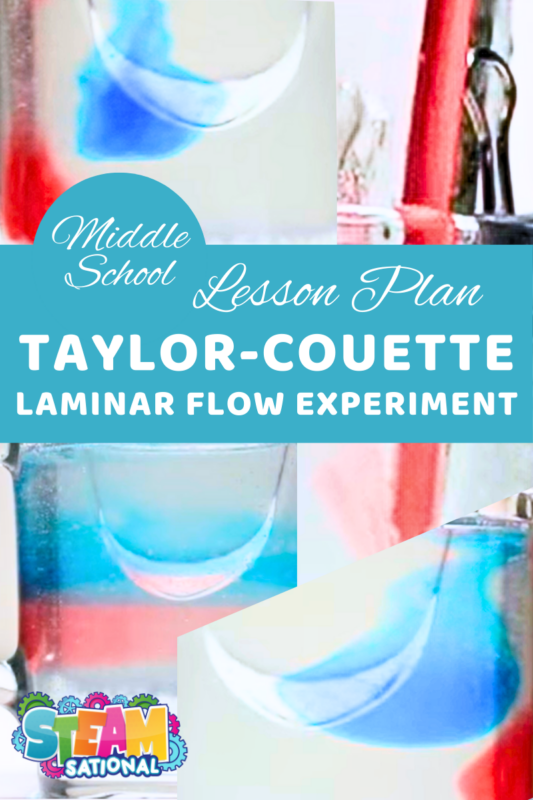
As the inner cylinder rotates faster, it drags the fluid layers near its surface along with it. However, the fluid layers closer to the outer cylinder remain relatively stationary because the stability of Taylor Couette flow is determined by how the outer cylinder moves, which is usually stationary or moving slowly.
The result is that the fluid between the cylinders in the Taylor Couette flow reactor exhibits a velocity gradient or a difference in fluid velocities between the layers. The fluid near the inner cylinder has a higher velocity, while the fluid near the outer Taylor Couette flow cylinder moves more slowly.
Depending on the rotation speed of the cylinders and the viscosity of the fluid, Taylor Couette flow can exhibit different flow regimes. These regimes include laminar flow (smooth and ordered), transition to turbulence, and fully developed turbulence (chaotic and irregular flow).
If the inner cylinder rotates faster or if the fluid viscosity is lower inside the Taylor-Couette flow reactor, the flow may transition from laminar to turbulent. In the turbulent regime, the fluid moves erratically with vortices and eddies.
Turbulence in Taylor Couette flow can lead to efficient mixing of the fluid. This property makes it relevant in various engineering and industrial applications where mixing is essential, such as chemical reactors.
Watch the video below to see how a real Taylor-Couette flow works in a science lab!
How do scientists use the Taylor Couette flow model?
Scientists and engineers study Taylor-Couette flow in controlled laboratory experiments to understand fluid behavior, turbulence, and the transition from laminar to turbulent flow. When we learn how to make a laminar flow we should also understand how the Taylor Couette machine is used in real life.
Couette flow is often used as a simple model for understanding viscous flow between parallel plates, and it is an example of shear-driven flow.
What is the practical application of Couette flow?
Taylor Couette flow has many practical applications in areas like fluid dynamics research, geophysics, and engineering.
According to Wikipedia, the machine works like this:
In fluid dynamics, laminar flow is characterized by fluid particles following smooth paths in layers, with each layer moving smoothly past the adjacent layers with little or no mixing. At low velocities, the fluid tends to flow without lateral mixing, and adjacent layers slide past one another like playing cards.
What is the difference between Couette and Poiseuille flow?
When you learn how to create a laminar flow, you will discover that there are two fluid dynamic machines- the Taylor-Couette flow and the Hagen-Poiseuille flow. There are differences between these machines
Both the Taylor Couette flow model and the Hagen Poiseuille flow model are laminar flow models. The main difference between Couette flow and Poiseuille flow is in the construction and geometry of each model, which is differentiated as follows:
Couette flow is built with parallel plates, while Poiseuille flow is constructed with cylindrical pipes.
The driving mechanisms are different for each flow model. Taylor Couette flow uses plate movement and the Hagen–Poiseuille flow model uses pressure differences.
Because of these differences, the velocity profiles are different. Taylor-Couette flow creates a linear gradient and the Hagen Poiseuille flow model creates a parabolic gradient.
Physics Books for Students
Students beyond primary grades will find these physics books interesting!
Learn more about energy, forces and motion, and learn how rectilinear motion works and the math behind it.
How does a Poiseuille flow model work?
The Hagen–Poiseuille flow works like this:
In Poiseuille flow, the flow is driven by a pressure difference between the two ends of the pipe.
The velocity profile in Poiseuille flow is parabolic, with the maximum velocity occurring at the center of the pipe and decreasing towards the pipe’s walls. The velocity profile is steady and does not change with time.
Physics STEM Resources
Here are some physics resources and demonstrations that help kids understand the basics of physics in a hands-on way!

More Physics STEM Activities to Try
Here are some physics STEM activities to try with your middle schoolers!
- Physics in a Glass: Oil and Ice Experiment
- Simple Energy Efficient Window Science Fair Project
- Easy Static Electricity Experiment with a Balloon
- Paper Plate STEM: Roller Coaster Design Challenge
- How to Make a Floating Train
How Do You Make a Laminar Flow Model?
Creating a Taylor-Couette flow at home or in a basic classroom environment can be challenging due to the need for specialized equipment and precise control of experimental parameters.
However, you can demonstrate some basic principles of fluid dynamics and Taylor-Couette flow on a smaller scale using simple materials, as you’ll find in the lesson plan below.
Laminar Flow Model Variation for Younger Kids
If you don’t want to do the larger-scale laminar flow experiment, you can try this even easier version of how to make laminar flow.
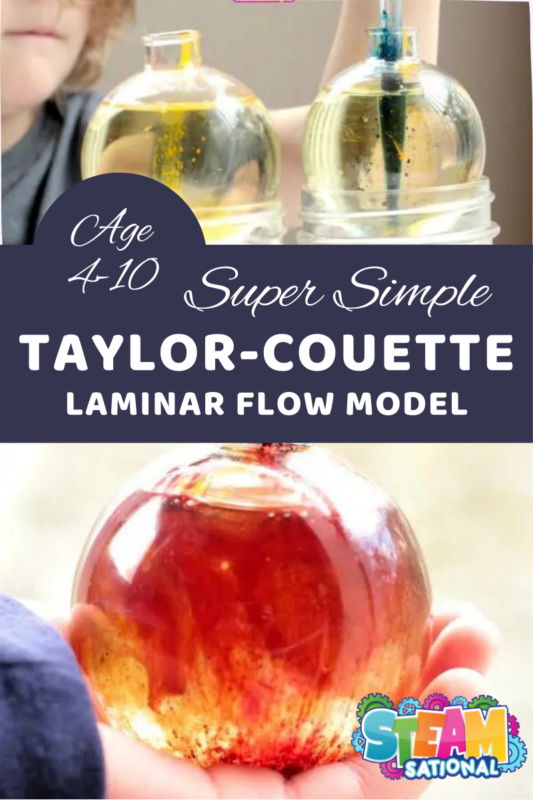
Easy DIY laminar flow model for elementary and preschool kids! Show younger kids the basics of galaxy flow by making these pretty galaxy globes that can be used to introduce the basics of laminar flow to kids.
For another easy laminar flow experiment, check out this Laminar Flow Experiment that just needs a balloon and water!
What do I need to do the simple laminar flow experiment?
Here is what you need to make the simplified version of the Taylor–Couette experiment.

- Clear, plastic globes with removable tops
- Clear oil
- Liquid food coloring
- Pipettes
- Stirring stick
- Glass mason jars
- Large classroom trays (1 for each student group)
Step by Step Directions for a Simplified Laminar Flow Model
Here is how you can make an even simpler laminar flow model with kids in elementary school.
Fill your Christmas ornaments with vegetable or mineral oil. Place the ornament inside a mason jar for support.

Dip the pipette into the color of your choice and place the tip near the bottom of the oil-filled ornament.
Release the color into the oil. The oil will slowly spread out and fall, creating a galaxy-like effect.

Add as many colors as you like.
Eventually, the food coloring will fall to the bottom and mix together in a weird brownish purple color.

But it takes more than 10 minutes for that to happen and kids can make a lot of different patterns inside their oil-filled globes.
Physics STEM Kits for the Classroom
You may find using these physics classroom kit sets handy for helping students understand difficult physics concepts!
How to Create a Laminar Flow Model that Works- Middle School Lesson Plan
Sign up below to access the lesson plan for how to make a reversible laminar flow model with your middle schoolers that actually works!
*split between top and bottom of how to card and convert to regular html*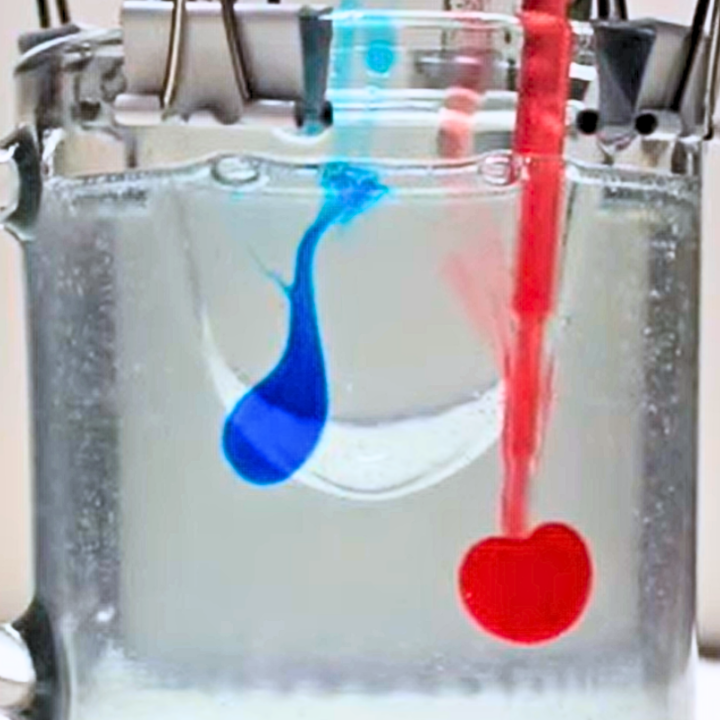
Taylor-Couette Flow - Understanding Fluid Dynamics
Learn about fluid dynamics and create a laminar flow model using this lesson plan that teaches middle school students how to make a laminar flow model with a DIY Taylor-Couette machine.
Materials
- Two clear cylindrical containers (plastic or glass), one larger and a smaller one that fits inside the large one
- Clear hand soap
- 3 pipettes
- Liquid food coloring (red, yellow, and blue)
- 4 large binder clips
- 3 small plastic containers
Tools
- STEM Journal
- Thermometer (optional)
- Hot plate (optional)
Instructions
Here is a lesson plan to use with middle school students to make a DIY reversible laminar flow model.
This lesson plan provides middle school students with a basic introduction to fluid dynamics and an engaging hands-on exploration of Taylor-Couette flow.
Lesson Objective
Students will gain a basic understanding of fluid dynamics and Taylor-Couette flow.
Introduction
Introduce the concept of fluid dynamics as the study of how fluids (liquids and gases) behave and flow.
Explain that Taylor-Couette flow is a complex fluid dynamics phenomenon involving the flow of fluids between two rotating cylinders.
Building the Taylor-Couette Model
Fill the large container 1/3 of the way with clear hand soap.
Place the smaller container inside of the larger container.
Fill the small container with water.
Clip the 4 binder clips evenly spaced around the rim of the jar.
Take one clip off.
Pour about a tablespoon of soap into each of the 3 small plastic cups.
Put 2-3 drops of red food coloring into one cup, Put 2-3 drops of blue in the second cup, and 2-3 drops of yellow food coloring into the third cup.
Stir the coloring into the soap.
Use a pipette to pick up a small amount of colored soap from one of the small containers.
Carefully lower the pipette with the colored soap between the large and small containers in the gap left by the removal of the 4th binder clip.
Squeeze a small dot of coloring into the container and carefully remove the pipette.
Repeat the process with the other two colors placed right next to the first color, but leave enough space between the colors so they don't start to mix.
Conducting the Laminator Flow Demonstration
Carefully and slowly rotate the small container clockwise until the colors start to mix inside the large container.
When the colors are mixed, slowly begin to turn the small container counter clockwise. The colors will magically unmix!
Laminar Flow Experiment Variables
Encourage students to propose and test hypotheses about how changing variables like the gap size or rotation speed affects the flow.
Try ideas such as:
Adjusting the gap size between the two containers
Using different rotational speeds
Change the viscosity of the liquid by switching out the hand soap with other liquids, such as oil, clear hair gel, or sanitizer
Student Assessment
Assess student understanding through their participation in discussions, observations, and their ability to connect the activities to the concepts of fluid dynamics and Taylor-Couette flow.
Notes
Extension Ideas
Discuss real-world applications of fluid dynamics, such as in engineering and meteorology.
Have your students to research and present famous scientists who contributed to the field of fluid dynamics.Explore other fluid dynamics phenomena, such as Bernoulli's principle or laminar and turbulent flow.
Experiment with changing the temperature of the liquids used to find out if that changes the outcome of the experiment.
Try the laminar flow experiment that uses a balloon and water.
Recommended Products
As an Amazon Associate and member of other affiliate programs, I earn from qualifying purchases.
STEM Shirts for Teachers
These STEM shirts are adorable and super fun to wear while teaching STEM or science.

